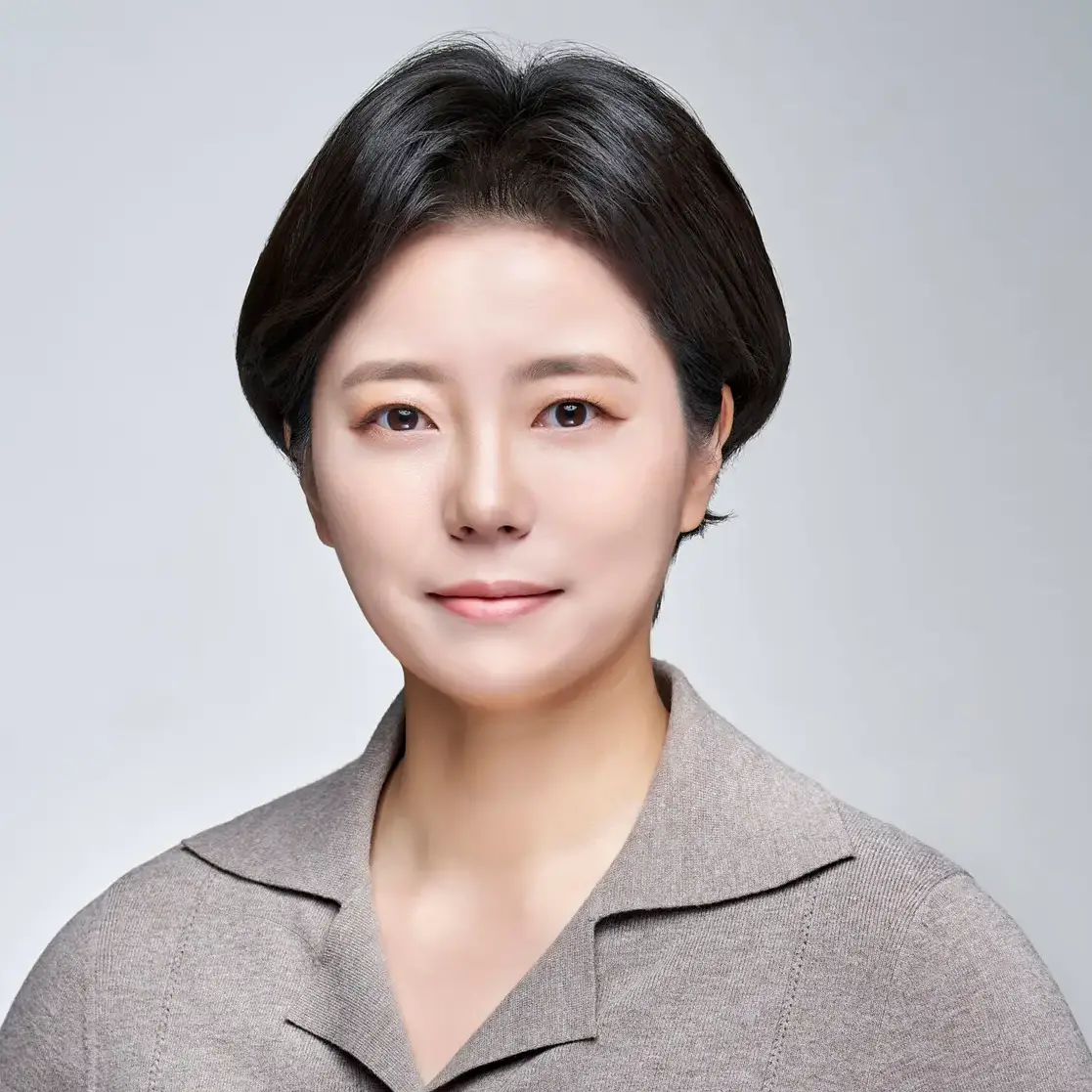RSA Conference ― San Francisco ― While the evolution of artificial intelligence challenges the self-perception of human beings, society needs to build identity security platforms by leveraging good AI, an identity expert said on Monday.
Rohit Ghai, CEO of RSA, analyzed that security comes first in the age of AI among the three main components of cybersecurity, along with compliance and convenience. Opening up the largest cybersecurity conference in the world with his annual keynote address, the CEO mentioned that compliance came first in the internet age, while convenience sat on top in the mobile and cloud era.

“Identity is the most attacked part of the attack surface,” Ghai repeated twice, emphasizing the exponentially increasing vulnerabilities of identity. “It is quite absurd that while the security operations center (SOC) and extended detection and response (XDR) solutions monitor the network and points of cloud infrastructure, they have no visibility into identity,” asserted Ghai.
According to Ghai, it takes 277 days for an average organization to identify a data breach. Moreover, 50% of alerts were found to be ignored due to the overwhelming volume of those notifications.
To make identity platforms great at defense, Ghai suggested a platform that covers the entire lifecycle of identity, which is referred to as identity threat detection response (ITDR). Working together with AI as a copilot, humans will be granted more power to make impactful decisions, added the expert.
As for the disturbing concerns regarding bad AI, the CEO claimed to take responsibility to “keep good AI good.” “AI will be a target for the adversary,” said Ghai. “Good AI will protect cyberspace and we the humans of identity will protect good AI.” As protectors, humans should prevent good AI from jailbreaking and data poisoning in an effort to make it align with the objectives of humans themselves, asserted the identity specialist.
“To prepare for this AI-powered world, we must confront our identity crisis head on. We need to really imagine our role and our place in identity.” Ghai concluded his speech with a question: how do we ensure alignment of superhuman AI with human values and objectives to ensure that we do have a meaningful role going forward?
The cover photo of this article was taken by Dain Oh.


